Pocket Watch Database
New York Standard
Location: Jersey City, New Jersey
Years of Operation: 1885-1929
Manufactured low-end watches for the common market.
Production Jewels: 7-17 Jewels
Production Sizes: 18s, 16s, 12s, 10s, 6s, 0s, 3/0s, 10/0s
Total Production: 15,000,000+
Average Quality:
Average Rarity:
Serial Number Lookup
The New York Standard Watch Company was one of the largest manufacturers of watches in the United States. Primarily focussing on the low-end market, most movements only feature seven jewels and are frequently fitted with uncut balance wheels. Quality and overhead was kept low to yield an inexpensive watch for the every-day customer that did not require the precision that other watch companies offered. As a result, most collectors do not give much attention to New York Standard watches. The company was purchased by the Keystone Watch Case Company in 1899, becoming part of the “watch trust” that came under attack in 1911. The watch factory in Jersey City, New Jersey was closed in 1921 even though production under the New York Standard name continued at other factories and sold until 1935. Estimated production is difficult to determine due to serial numbering practices by the company. However, the total production likely rests around 15-20 million watches.
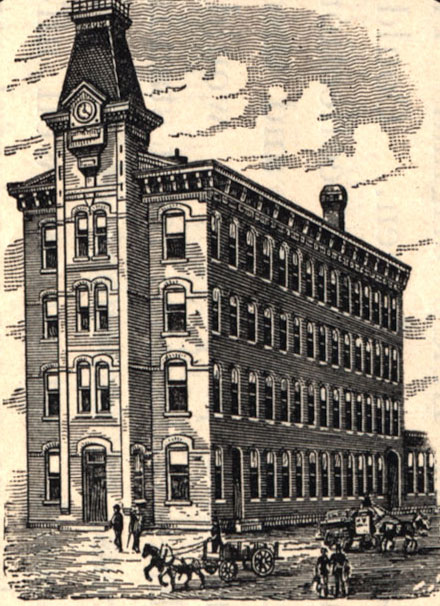
August 1885
Construction is commenced for a factory in the Lafayette district of Jersey City, New Jersey.
August 13, 1885
The New York Standard Watch Company is incorporated with a capital stock of $400,000.
July 1886
Machinery is installed in the New York Standard factory building. The company hopes to begin production in the fall.
October 1886
Production begins at the New York Standard factory, and the company announces they will place a new movement on the market with “novel features.”
December 1886
The factory machinery is reworked after the crude oil stream engine is discovered to be inadequate for factory production.
September 1887
The New York Standard Watch Company resumes operations after being forced to rework their steam engine equipment and machinery. A local newspaper article reports 20,000 movements are at the factory awaiting finishing touches and 100 watches are being produced daily.

1888
The New York Standard Watch Company introduces their “worm-gear” movement to the market.
February 1889
New York Standard introduces an open face straight-line escapement movement to the market, indicating possible issues with the design or sales or their original worm-gear movements.
July 1889
New York Standard introduces a new hunting movement with a straight-line escapement to accompany the new open face movement.
September 1889
The New York Standard factory is temporarily closed. The company reports having 100,000 movements in inventory, enough to supply market demand.
October 1889
The New York Standard factory is reopened and production resumes.
April 14, 1891
The Blacksmith Shop at the New York Standard factory catches fire and spreads to the engine room and gilding shop. A small stock of watch movements were destroyed, but damage to the factory was limited.
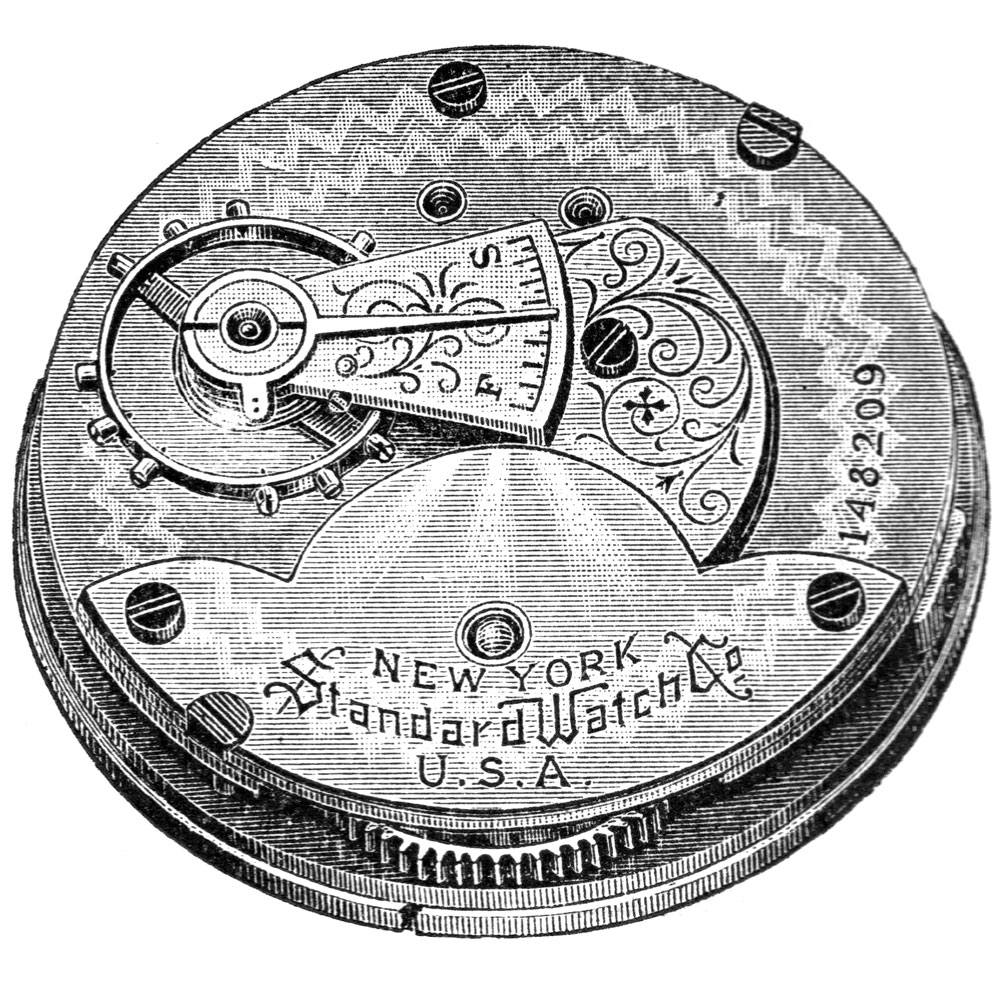
May 1891
New York Standard introduces the new hunting model to the market (Grade 34).
September 1891
The New York Standard factory is producing around 500 movements per day.
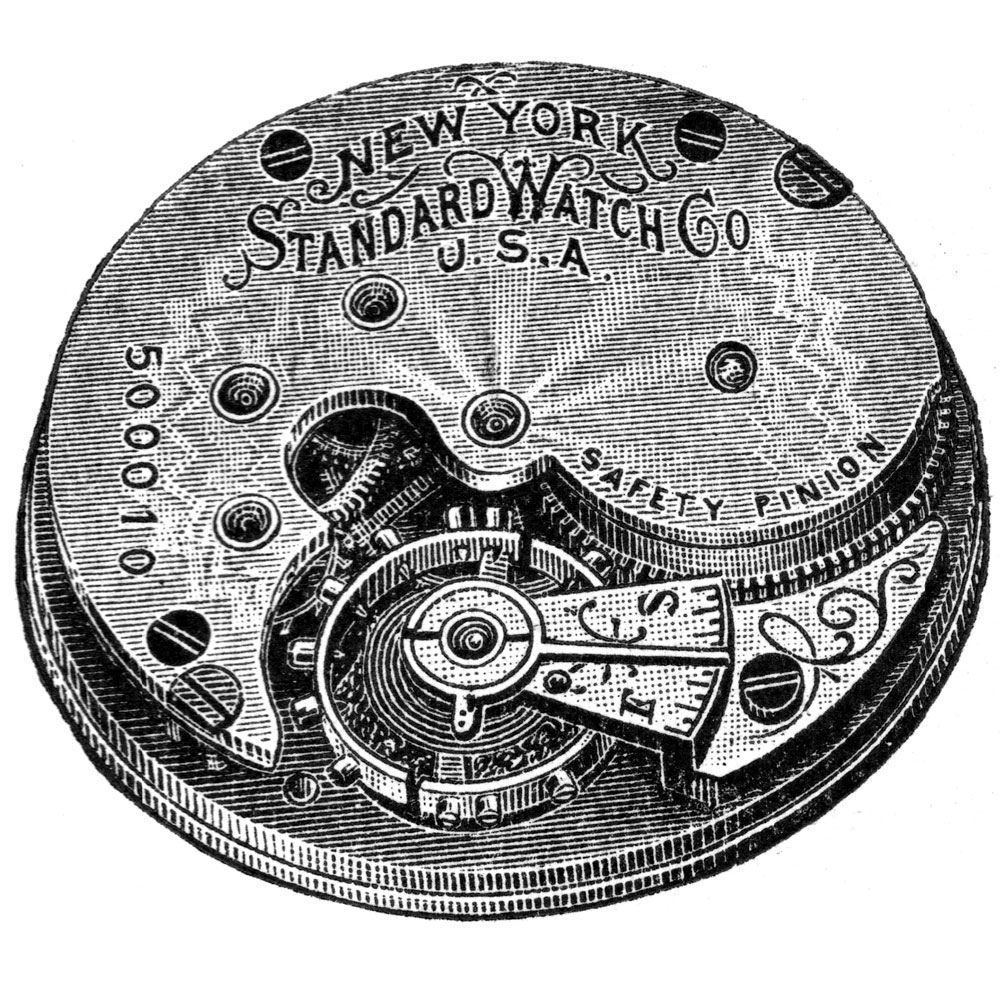
April 1892
New York Standard introduces a new 6-Size movement to the market (Grade 44).
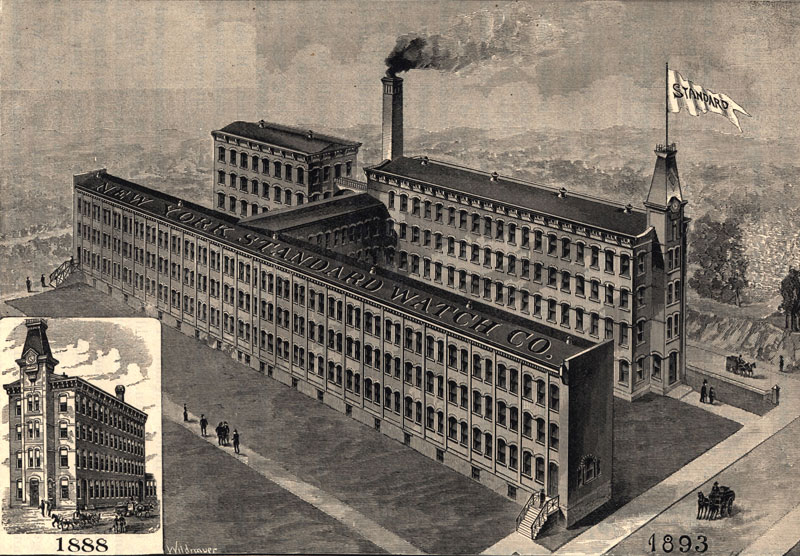
May 1892
Construction is commenced on a new four-story brick building to expand production at the New York Standard factory.

July 1892
To incentivize sales, the New York Standard Watch Company begins fitting all 11-Jewel movements with glass-enamel fancy dials.
November 1892
A new structure is built at the New York Standard Watch factory to store water for the new boiler room.
November 1892
The New York Standard Watch Company is reincorporated in New Jersey.
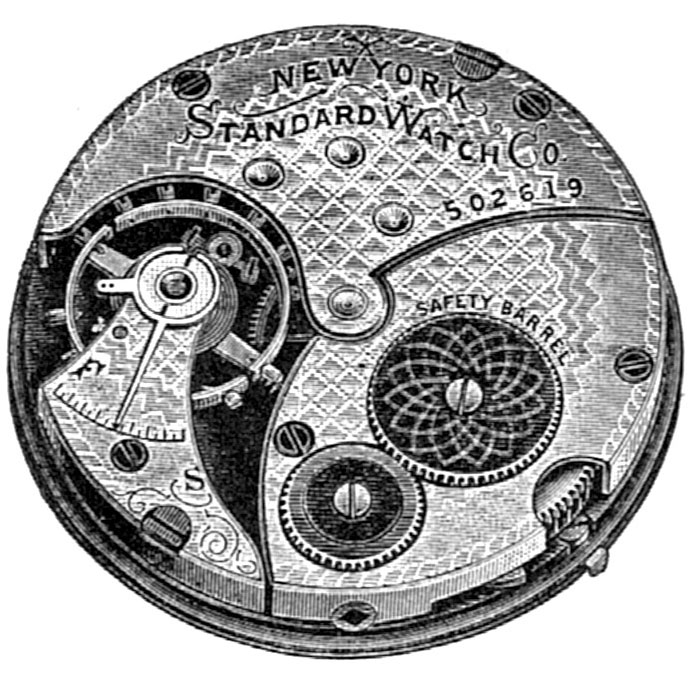
July 1893
New York Standards introduces a new “interchangeable” 16-Size movement to the market, available in eight grades.
July 1893
The New York Standard Watch Company factory is temporarily closed. Workers that manufacture the six size movements and several machinists are allowed to continue work.
August 1893
The New York Standard factory shuts down “indefinitely.”
September 1893
The New York Standard Watch Company resumes production with one-third the number of employees.
May 1894
New York Standard builds a row of wood-frame houses near the factory to offer housing for employees.

October 1894
New York Standard reintroduces their Model 3 and Model 4 movements with new grade designations, No. 30 and No. 31.
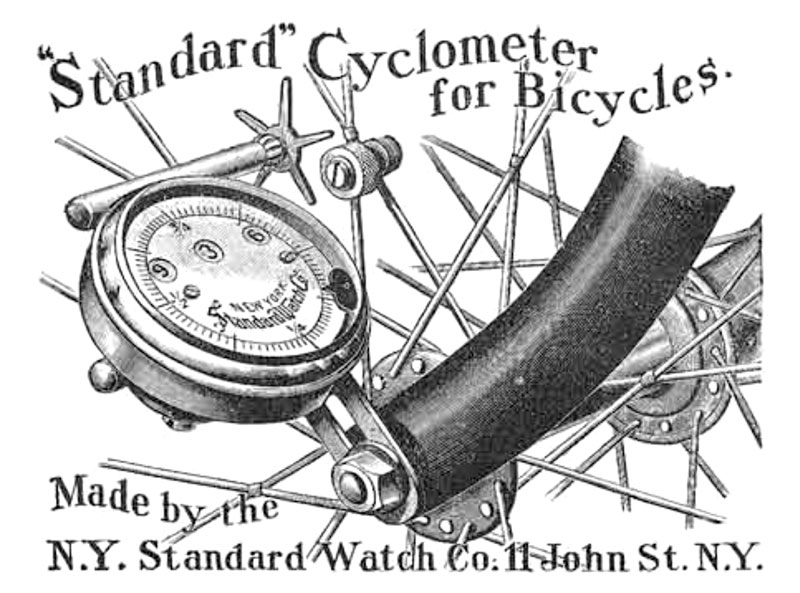
1895
New York Standard introduces their “Standard” cyclometer to the market, representing a critical divergence in factory production and priority.
August 1895
To combate a damaged reputation in the watch trade, the New York Standard Watch Company introduces guarantees on all watches and reduced pricing.
February 1896
All watchmakers are temporarily laid off at the New York Standard factory as the company shifts focus to production of cyclometers.
September 1896
New York standard announces they have perfected an electric clock run by battery and will soon introduce a line of electric clocks to the market.
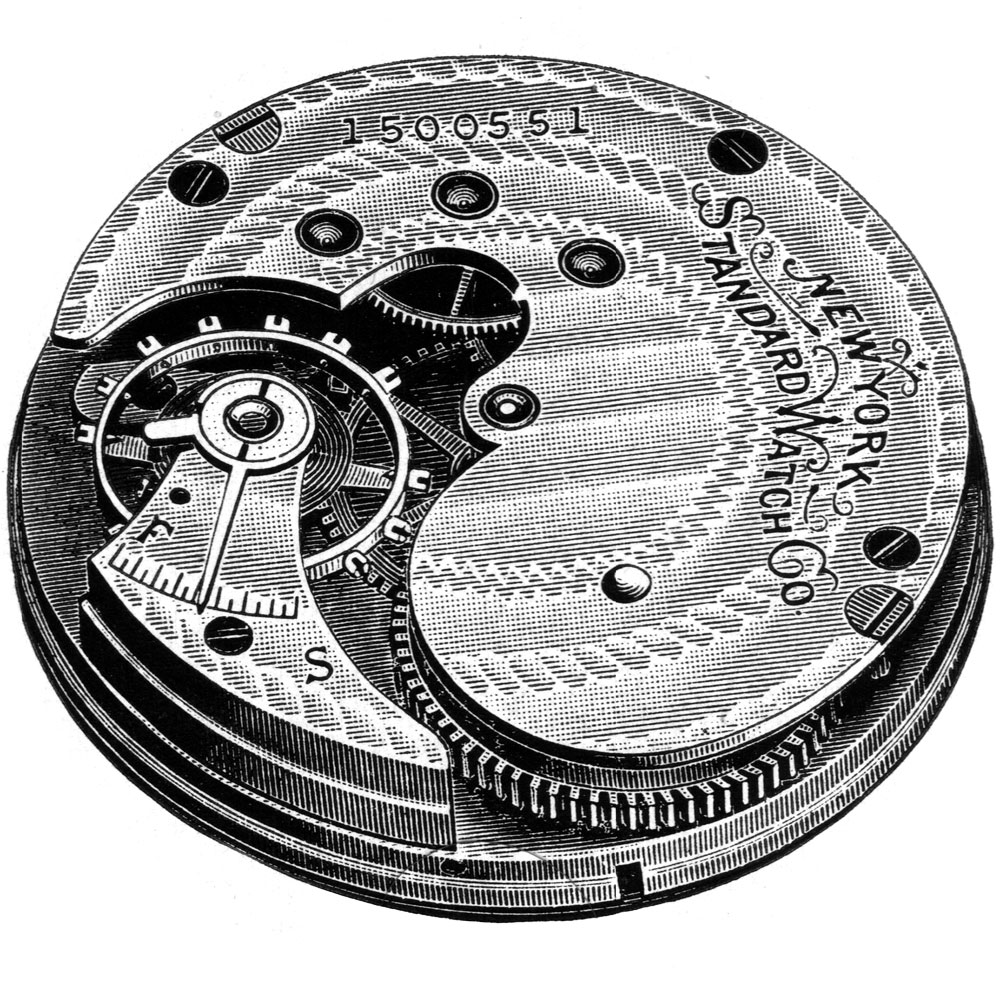
June 1899
New York Standard introduces the new 18-Size No. 60 and No. 61 to the market.

December 1899
The New York Standard Watch Company is purchased by the Keystone Watch Case Company (T. Zurbrugg) for $752,000.
September 24, 1900
The New York Standard Watch Company officially leases the factory and machinery to the Keystone Watch Case Company for the duration of 99 years.
November 1902
Walter W. Hastings, vice-president, general manager, and pivotal figure at the New York Standard factory dies.
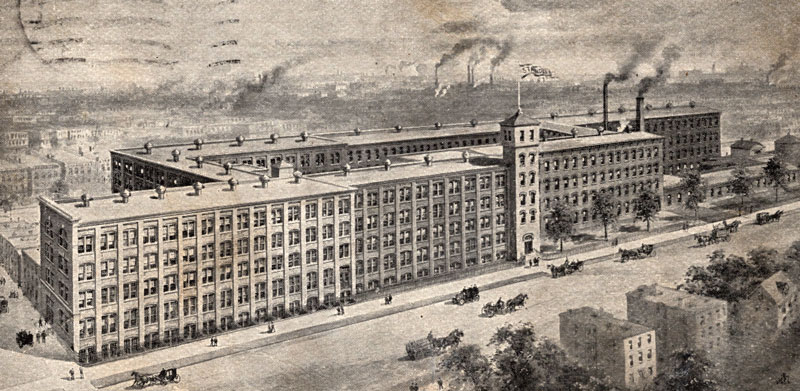
April 1903
Plans are approved to enlarge the New York Standard factory for offices and production of watch movements. The company also begins to close out stock of electric clocks as they discontinue that sector of production.
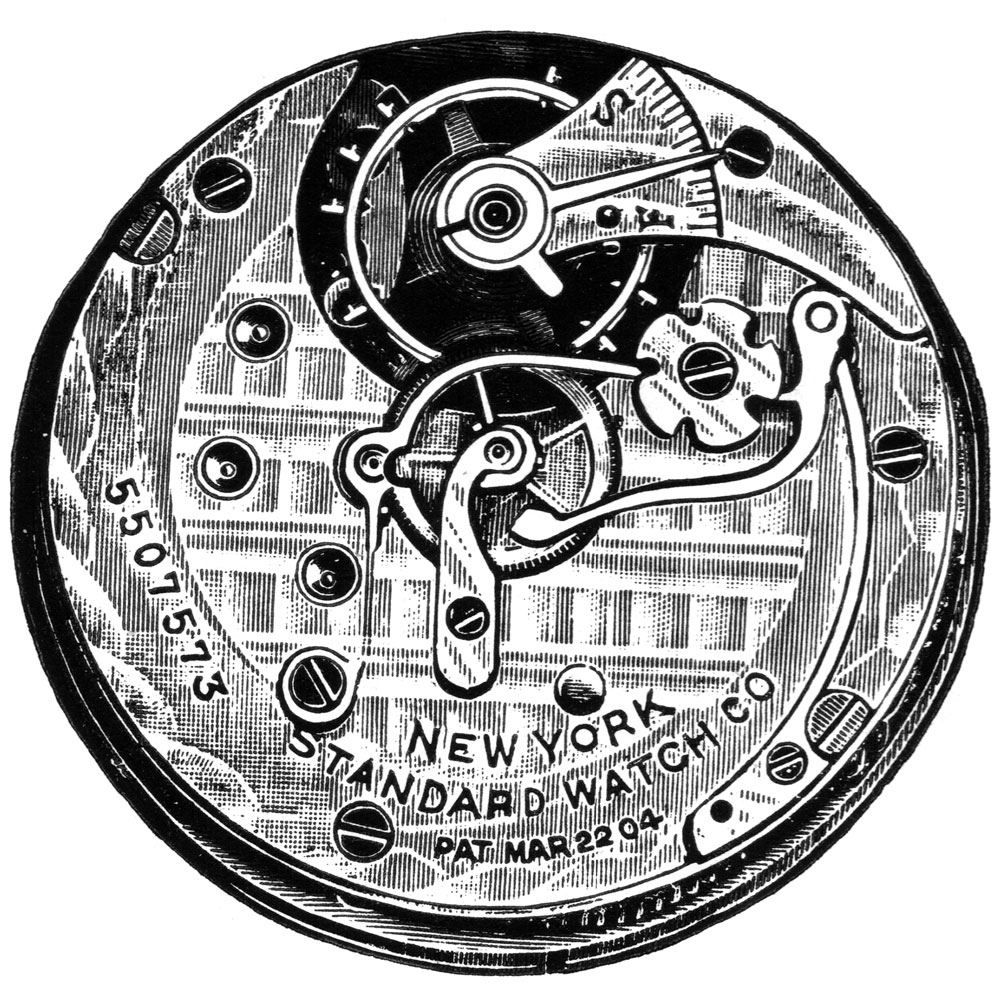
October 1904
New york Standard introduces a new 18-Size Chronograph to the market, derived from the No. 64 movement.

October 1905
New York Standard introduces a new line of watches to the market including the 18-Size No. 65 movement and the 6-Size No. 144.
May 1906
New York Standard introduces their “Excelsior” line of watches to the market, intentionally not disclosing the manufacturer of the movements.
February 1908
The New York Standard factory production is limited to four days a week due to declining sales. Currently, the factory employs 700 workers.
1910
All assets of the New York Standard Watch Company are transferred to the Keystone Watch Case Company. The company begins using the name “New York Standard Watch Works.”
August 1912
A new structure is built to expand the New York Standard factory.
1915
During World War 1, the New York Standard factory ceased watch production to manufacture parts for the war effort.
July 1921
The Keystone Watch Case Company (New York Standard) factory is shut down indefinitely.
August 1923
The Keystone Watch Case Company announces that manufacturing operations will be consolidated at the factory in Riverside, New Jersey.
December 1931
The Gibraltar Electric Clock Company purchases the New York Standard factory and property from the Keystone Watch Case Company.